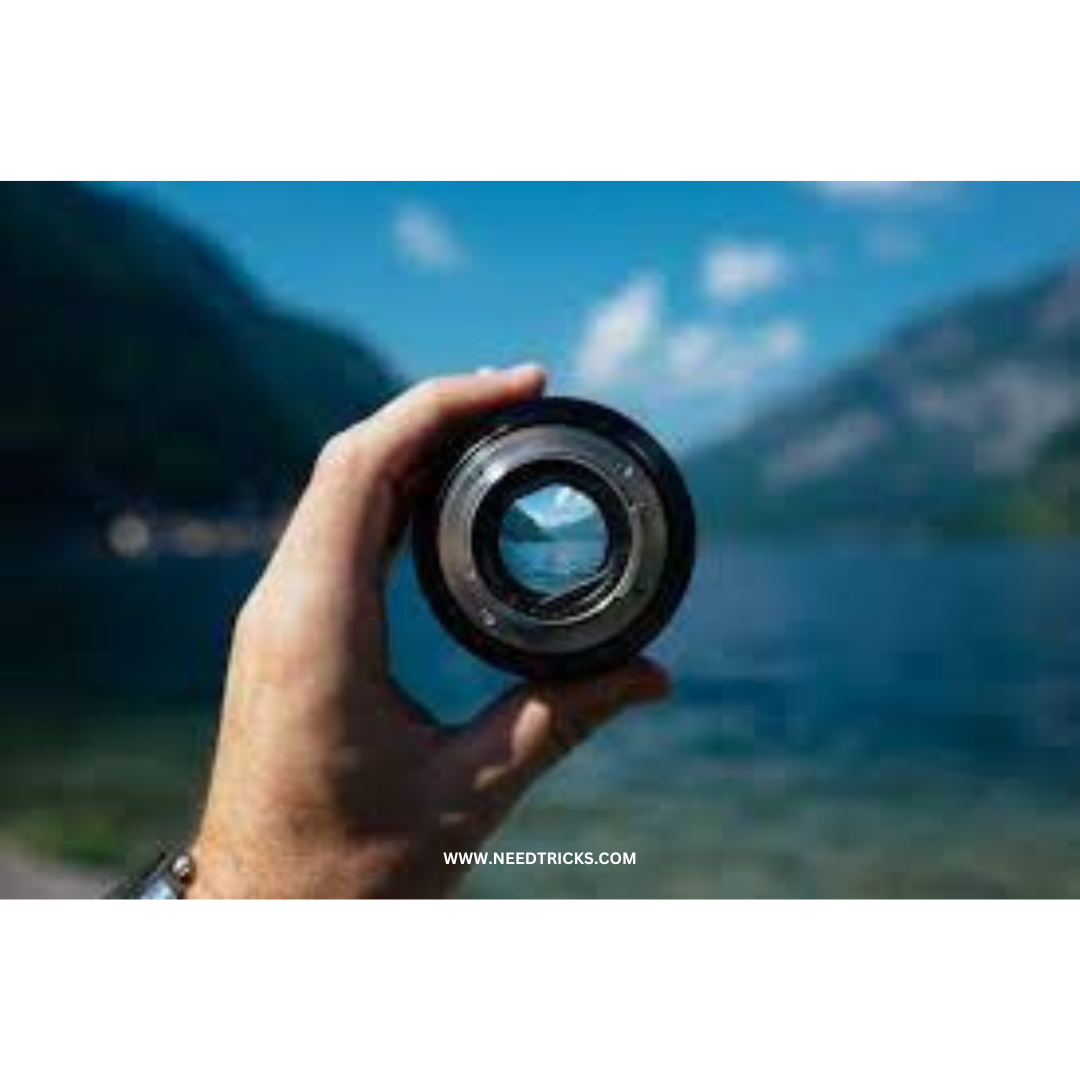Low light photography can be a daunting task, but with a few tips and tricks, you can capture stunning photos in any lighting condition. The post covers various aspects of low light photography, including the use of a tripod, increasing ISO, using a wide aperture, and external lighting. It also suggests using natural light sources, experimenting with different settings, and using the camera’s exposure compensation feature.
In this blog we will talk about how to capture a great photo in low light
Here are 8 ways to capture great photos in low light.
1.Use a tripod
One of the easiest ways to improve your low light photography is to use a tripod. A tripod will keep your camera steady, allowing you to use slower shutter speeds without introducing blur into your photos. This will also help you to keep the ISO low, reducing noise and maintaining image quality.
2.Increase ISO
If you don’t have a tripod or need to capture a photo quickly, you can increase your camera’s ISO. ISO is the camera’s sensitivity to light, and increasing it will allow you to use faster shutter speeds and capture more light. However, increasing the ISO too much can introduce noise and reduce image quality.
3.Use a wide aperture
Using a wide aperture, such as f/2.8 or lower, will allow more light into your camera and create a shallow depth of field, which can help to isolate your subject and create a more dramatic effect.
4.Use a fast lens
A fast lens, such as a prime lens with a low f-stop number, will also allow more light into your camera and give you more creative control over the depth of field.
5.Use a flash or external lighting
Using a flash or external lighting can help to fill in the shadows and create more even lighting. However, be careful not to overexpose your subject or create harsh shadows.
6.Look for natural light sources
If you don’t have access to artificial lighting, look for natural light sources such as streetlights or the moon. You can also use a reflector to bounce light onto your subject.
7.Use the camera’s exposure compensation feature
Many cameras have an exposure compensation feature that allows you to adjust the exposure settings manually. This can be particularly useful in low light situations where the camera may automatically adjust the settings to compensate for the lack of light.
8.Experiment with different settings
Low light photography can be unpredictable, so don’t be afraid to experiment with different settings and techniques. Try different shutter speeds, apertures, and ISO settings until you find the right combination for your desired effect.
Conclusion
Capturing great photos in low light requires a combination of technical skill, creativity, and experimentation. With these tips, you’ll be well on your way to capturing stunning photos in any lighting condition.







